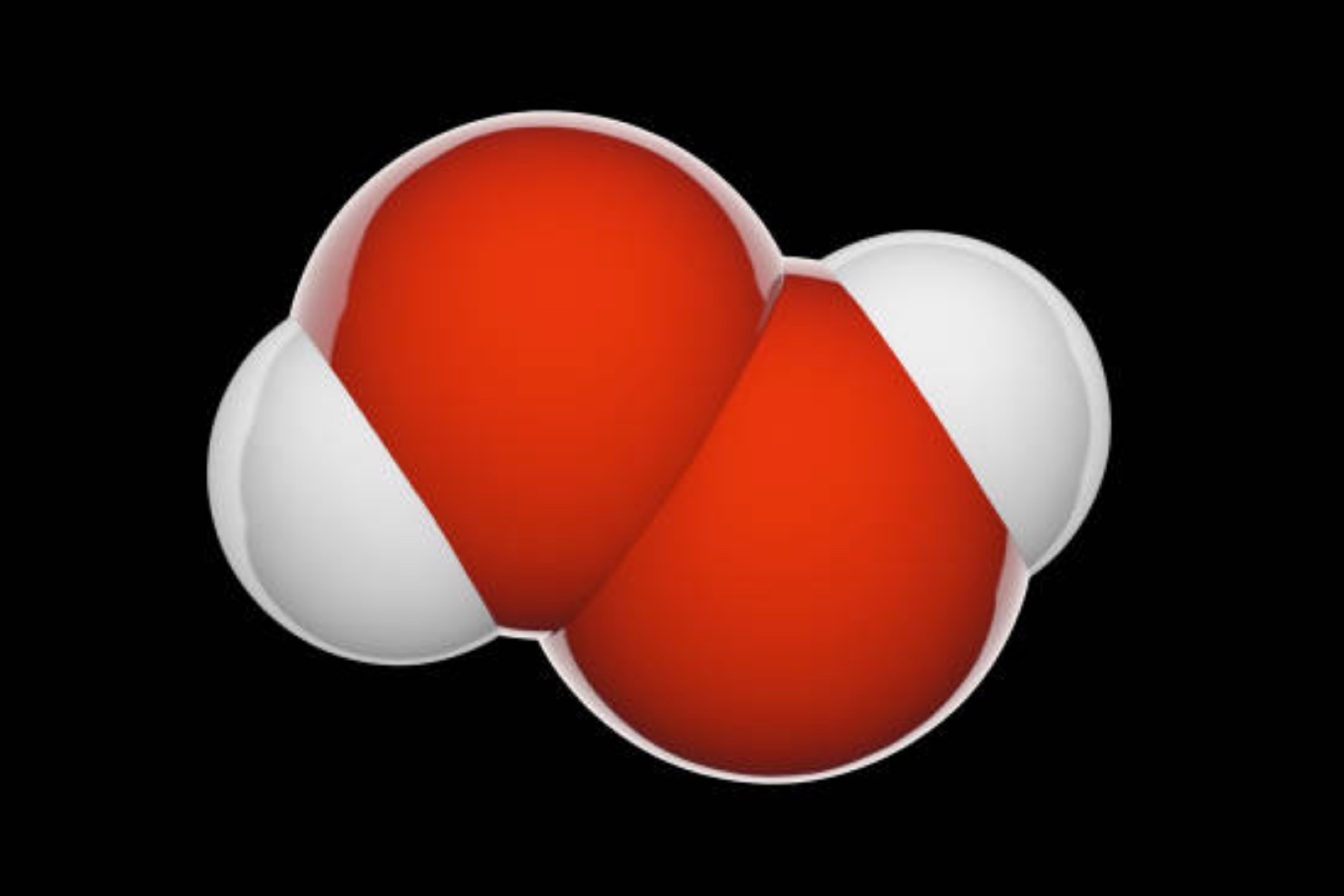| Posted on: | Category: Research update
According to researchers at the University of Victoria in British Columbia, plants don’t just clean air; they may protect us from colds, COVID, and other viral and bacterial diseases.
How it works
- Plants produce hydrogen peroxide (H2O2) during photosynthesis, which is released into the atmosphere and neutralizes viruses by safely disinfecting the air.
- H2O2 is a caustic substance used to disinfect surfaces and bleach hair. It is spontaneously formed by plants in microscopic droplets of water in tiny amounts that are harmless to humans.
- The researchers detected H2O2 near plants undergoing photosynthesis in a closed area. Their observations were confirmed using peroxide test strips and spectrophotometry.
 Hydrogen peroxide molecule
Hydrogen peroxide molecule
Why it matters
According to the researchers, the results have potentially significant implications for using plants for atmospheric cleansing and urban and indoor air quality.
- In addition, plants have the potential to reduce the damaging effects of planet-warming greenhouse gases, namely, methane, carbon monoxide, and nitrous oxide in the atmosphere.
- Hydrogen production may also provide a natural solution for improving air quality in high-density cities and rural areas affected by forest fires.

